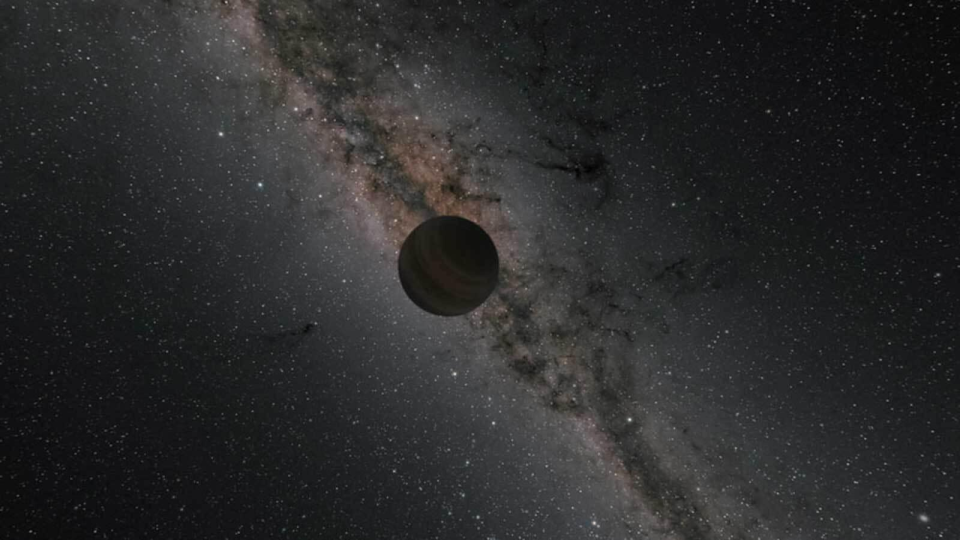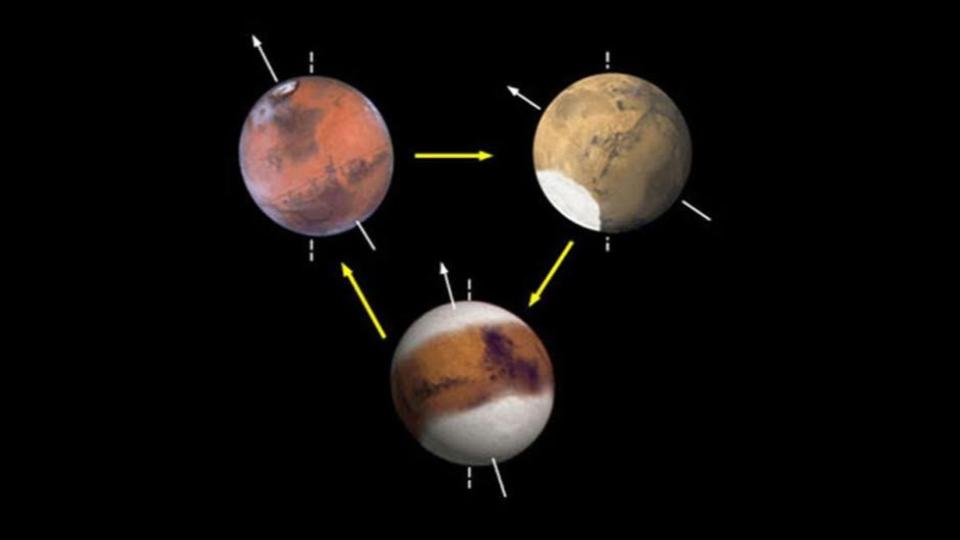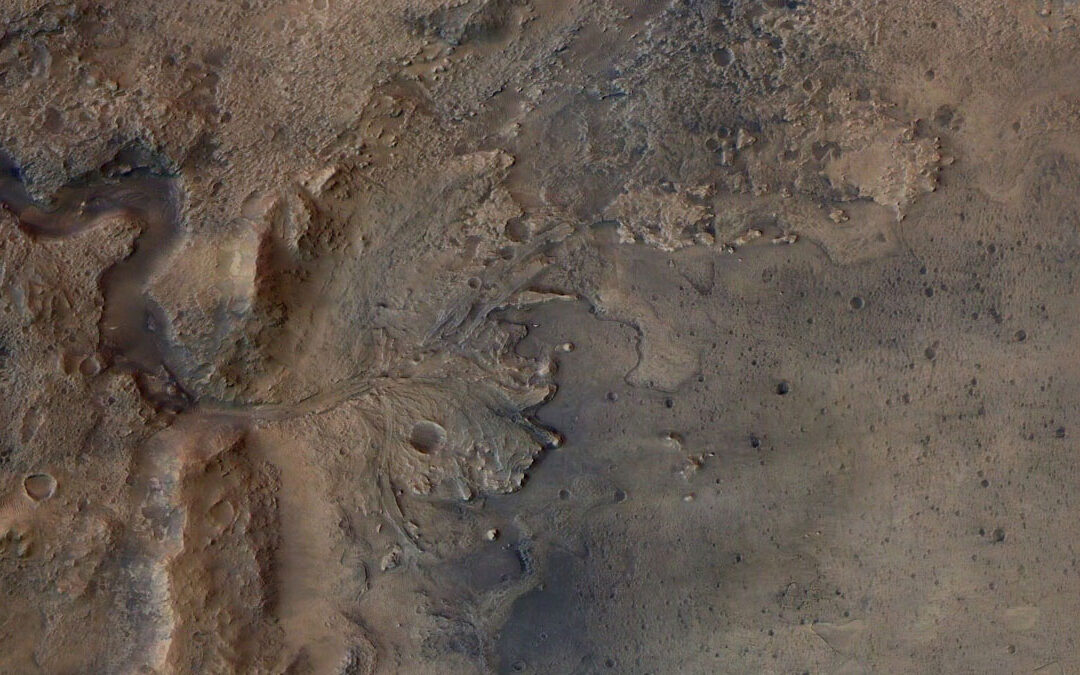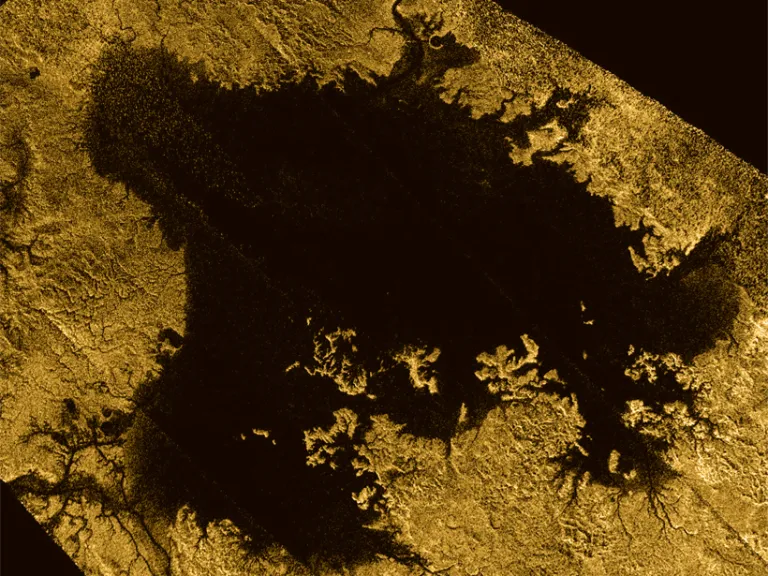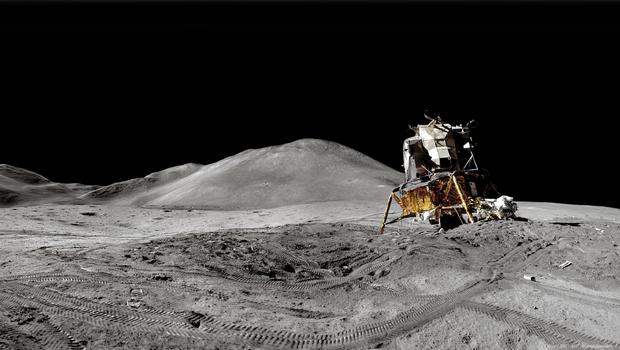Illustration of a poorly lit planet. Credit: NASA, JPL-Caltech, and R. Hurt I’ve said it before, and I’m sure I’ll say it again - our understanding of the solar system advances at the pace of technology. As our processing power grows, we are able to do more and more complex calculations, and the spherical cows we had to assume to make the math easier are now getting replaced with real physics. In general, we don’t actually worry about cows unless atmospheric science — like the study of tornadoes and the air dynamics of cows — are being contemplated. Planetary scientists are fortunate, as...
